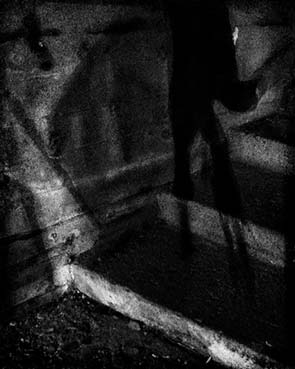More of the same

Matter and Memory (1896) is one of the four main works by the French philosopher Henri Bergson (1859-1941). Its subtitle is “Essay on the relation of body and spirit”, and the work presents an analysis of the classical philosophical problems concerning this relation. (…)
Bergson distinguishes two different forms of memory. On the one hand memories concerning habitude, replaying and repeating past action, not strictly recognized as representing the past, but utilizing it for the purpose of present action. This kind of memory is automatic, inscribed within the body, and serving a utilitarian purpose. Bergson takes as an example the learning of a verse by rote: Recitation tending toward non-reflective and mechanical repetition. The duration of the habitual recitation tends toward the regular and one may compare this kind of memory to a practical knowledge or habit. “It is habitude clarified by memory, more than memory itself strictly speaking.” Pure memory, on the other hand, registers the past in the form of “image-remembrance”, representing the past, recognized as such. It is of a contemplative and fundamentally spiritual kind, and it is free. This is true memory. Bergson takes as his example the remembrance of the lesson of learning the same verse, a dated fact that cannot be recreated. Pure memory or remembrance permits the acknowledgment that the lesson has been learned in the past, cannot be repeated, and is not internal to the body.
{ Wikipedia | Continue reading }
Bergson’s famous (or infamous) image of the memory cone. The image of the inverted cone occurs twice in the third chapter of Matter and Memory (pp. 152 and 162). The image of the cone is constructed with a plane and an inverted cone whose summit is inserted into the plane. The plane, “plane P,” as Bergson calls it, is the “plane of my actual representation of the universe.” The cone “SAB,” of course, is supposed to symbolize memory, specifically, the true memory or regressive memory.
photo { Robb Johnson }


